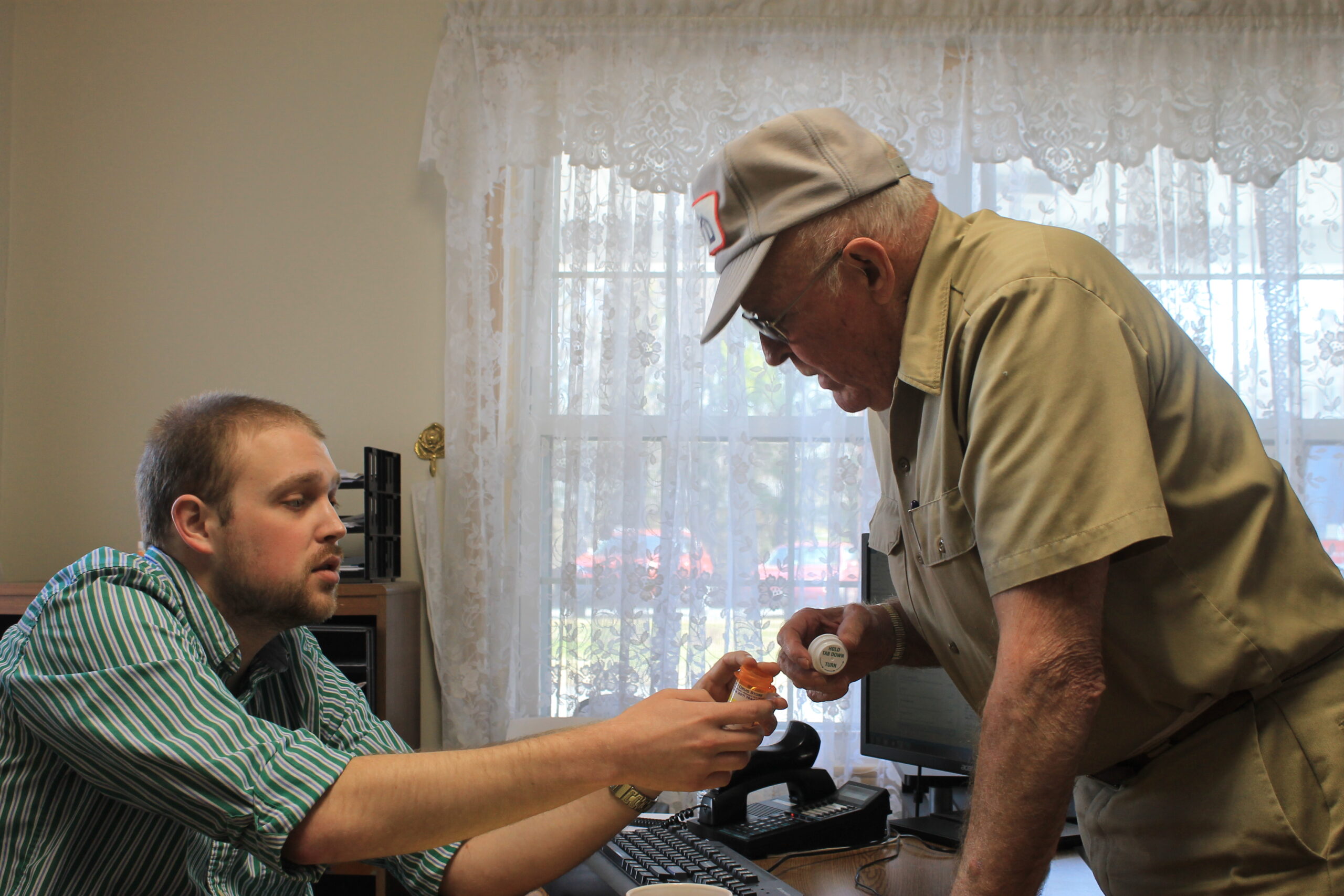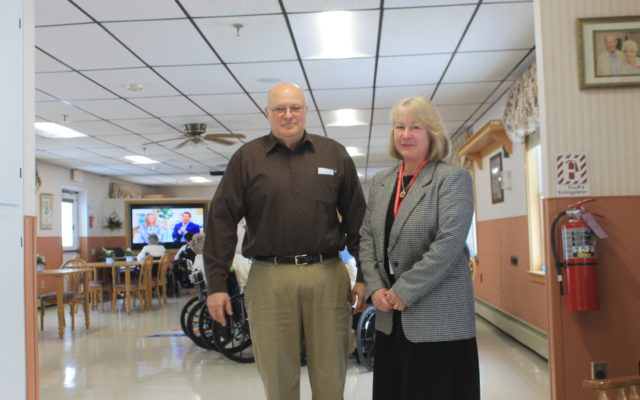
PRESQUE ISLE, Maine — Phil Cyr has worked in the elder care industry for decades and said it’s getting harder and harder for small and family-owned nursing homes to make the economics work.
“Nursing home funding is in trouble across the country,” said Cyr, president of the parent company that owns and operates the Caribou and Presque Isle Rehab and Nursing Centers. “It’s not a pretty picture.”
The Cyr family has run the two nursing homes since the 1970s, and today the two facilities are among the minority of family-owned nursing home centers, many of which have either shut down or acquired by corporate chains. In recent years, nursing homes have closed in Calais, Lubec and Winthrop.
Cyr said his family has long strived to avoid closing or selling the nursing homes despite turbulent financial constraints. The two nursing homes combined most years earn around $40,000 in income, on $11 million in revenues, in addition to paying approximately $65,000 in property taxes in the two municipalities.
“If we have two or three bad years, we’re gone,” Cyr said. “We’d probably be scooped up by a chain and paid bottom dollar.”
In the coming years, Cyr said he is hoping that the state legislature address the funding shortfalls facing nursing homes. Most long-term nursing home residents are covered by Medicaid, also known in the state as MaineCare. Those patients cost about $260 per patient per day to care for, but the combined reimbursement from the federal and state governments under Medicaid is closer to $240 per patient per day, Cyr said.
That’s leaving smaller nursing homes, like the Caribou and Presque Isle facilities, with major challenges in covering costs associated with regulatory changes or wage increases, Cyr said.
“We anticipate a fierce battle coming up this legislative session,” Cyr said, referring to disagreements between Gov. LePage and the legislature over paying for the voter-approved expansion of Medicaid eligibility.
Medicaid covers health care for low-income and disabled residents as well as long-term nursing home services for many senior citizens. In Maine, the federal government covers about two-thirds of Medicaid costs and the state about one-third.
Approximately 35 percent of Maine’s Medicaid budget is spent on long-term care services such as nursing homes, according to data compiled by the Kaiser Family Foundation. The voter-backed law will cover an estimated 70,000 more lower-income Mainers, many of them childless adults.
While 90 percent of the costs of the newly-eligible population will be covered by the federal government, the state will be responsible for the remaining 10 percent, which is estimated to total more than $55 million annually.
“The proponents of expanded Medicaid are going to be fighting for $55 million and the nursing homes are going to be fighting for $10 million to cover the minimum wage increase,” Cyr said, referring to the state’s new minimum wage increases. “We’ve had difficulty getting a $5 or $10 million inflationary increase every year.”
Without regular reimbursement increases, it’s difficult for small nursing homes to absorb the costs of wage increases or new regulations. Certified nursing assistants at the Caribou and Presque Isle nursing centers earn more than the minimum wage — starting at $11 an hour — but the voter-backed minimum wage increases are lifting wages for everyone and it’s going to be heard to keep up, Cyr said.
Another factor is the cost of meeting and documenting compliance with changing federal regulations. Currently, nursing homes across the country are adopting changes mandated by an extensive, 800-page rewrite of federal nursing home rules — many of which he fears are well-intentioned but misguided and costly. The average cost per facility to comply with the new regulations — such as keeping earthquake and hurricane disaster plans and additional healthcare documentation — is estimated at $60,000 a year, Cyr said.
The Caribou and Presque nursing homes have been able to make their finances work in part because of the approximately 10 percent of nursing home residents who pay a higher rate out of their own pockets as well as from Medicare-covered skilled rehabilitation services for patients recovering from conditions such as a stroke, Cyr said. “On the Medicare, we do good.”
With a “grey tsunami” on the horizon from retiring baby boomers, Cyr said that governments, taxpayers and families will have some hard choices to make in the coming decades about long-term care for senior citizens.
“A lot of things have been pushed onto the other generations,” Cyr said. “Twenty years ago this could have been forecasted. The baby boomer generation approaching retirement were primarily two-earner households. About 20 years ago, their kids were getting out of college and house mortgages were being paid off. The federal government could have put a major incentive in place, such as instead of funding your IRA to $2,000 a year, we’re going to allow you to fund it to $10,000 a year and you can use that for retirement and your long-term care.”
Going forward, Cyr said he has a few ideas for how to make long-term care more affordable and sustainable.
One solution could be to have a market-based voucher program, where seniors citizens and their families could be alloted a certain amount of money, based on their assets and income, that they could use to pay for nursing homes or home-based care.
Another could be for the federal government to step in with more straightforward funding.
“I think in the long-run, the solution is for the federal government to take over nursing home care and take it away from the states,” Cyr said. “Suggesting that also scares me because a lot of the states — particularly southern states like Louisiana or Texas — have ridiculously low-payments. I would hate to see the national government say, let’s add up what the 50 states are individually paying and we’ll give everybody the average.”
- Phil Cyr, administrator of the Caribou Rehab and Nursing Center is shown in this January 2018 photo, with Jane Hanson, the new administrator of the Presque Isle Rehab and Nursing Center at the Presque Isle facility. Cyr is president of the family-owned company that operates both nursing facilities. (Anthony Brino)








